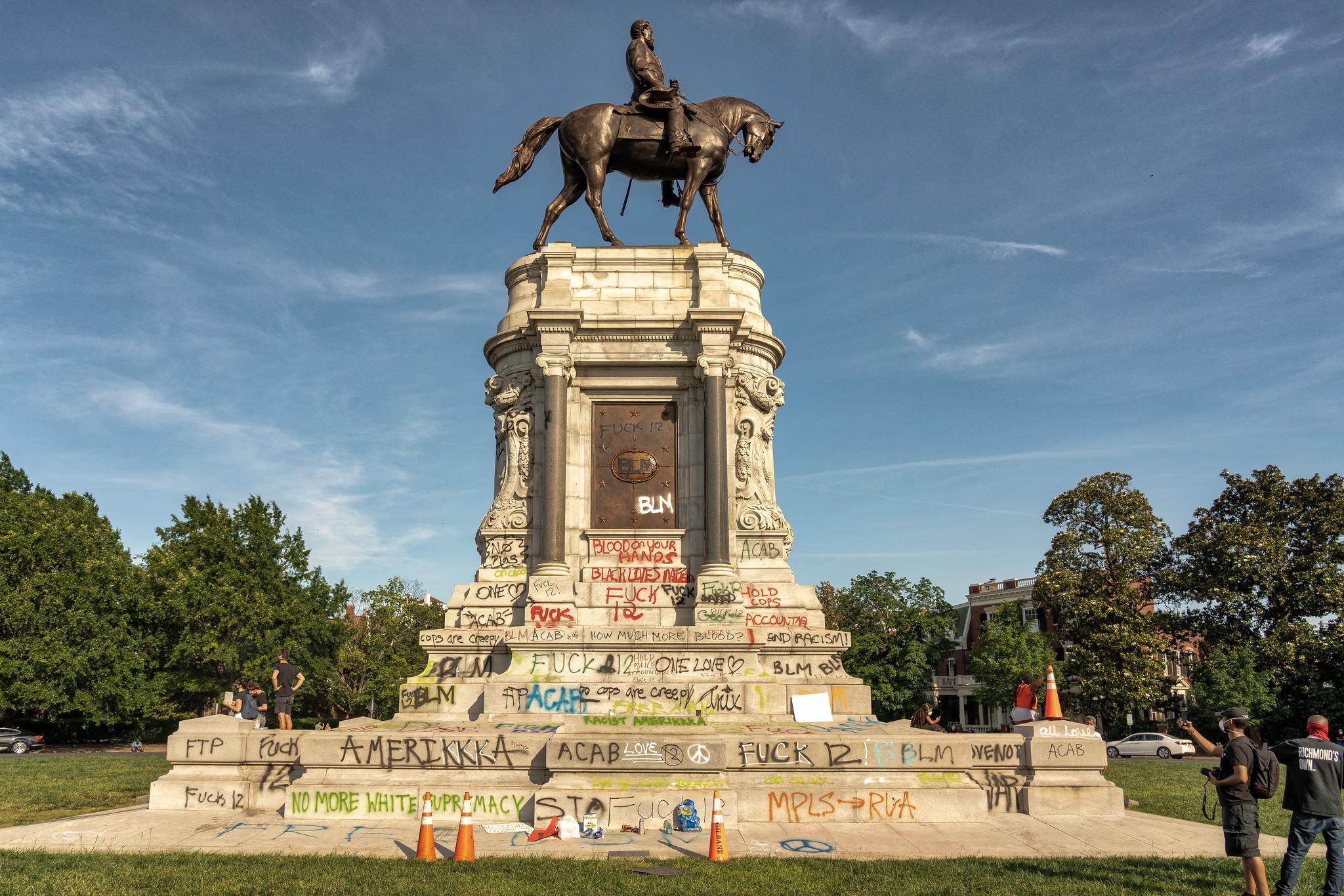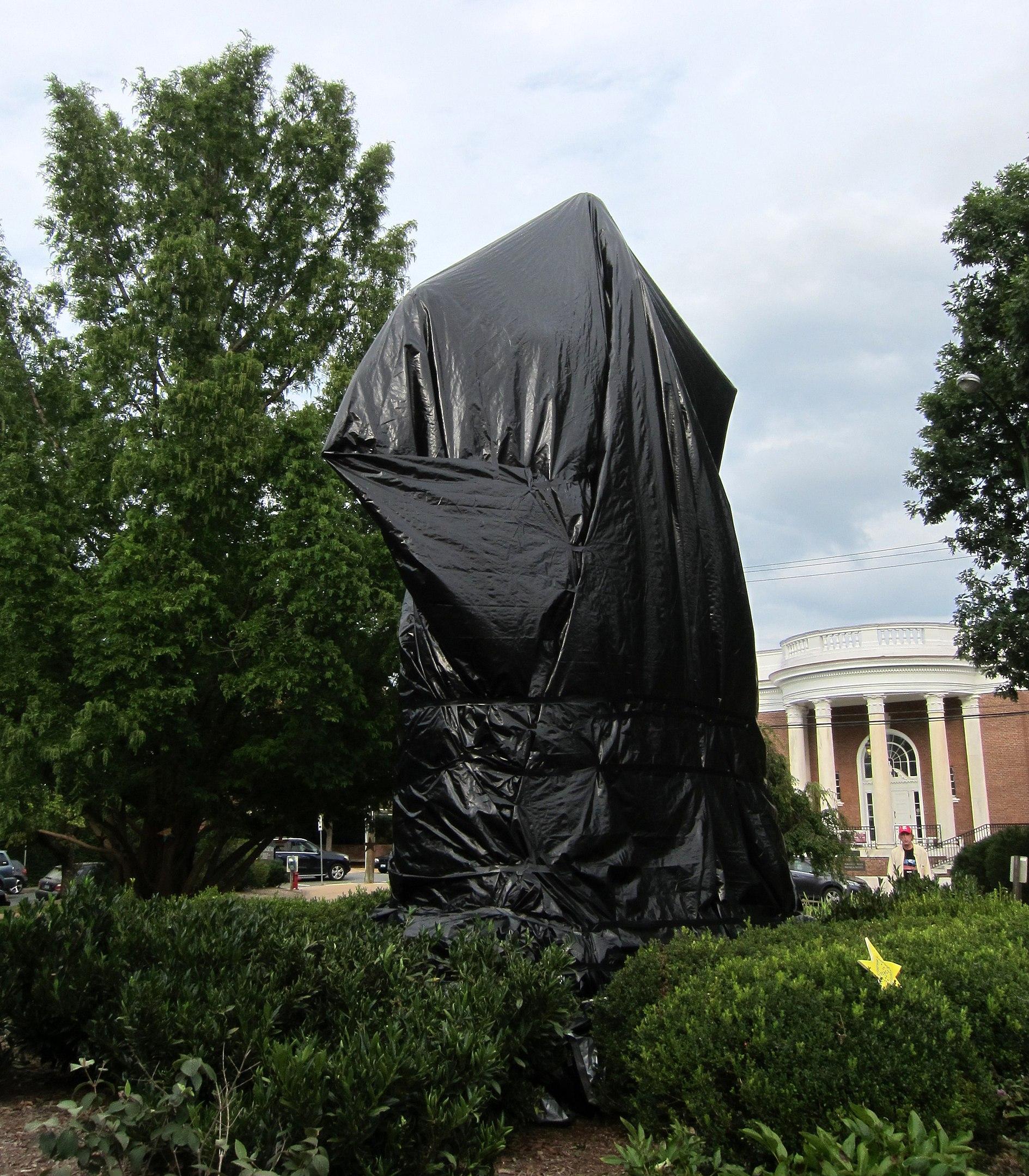Though we might assume these statues are relics of the Civil War itself, in fact, most were put up in the decades after the Civil War, which ended in 1865. It wasn’t until the end of the 1890s that civic groups like the Daughters of the Confederacy began pooling funds to erect the statues around the country. Mass-produced and cheaply constructed, the statues of Confederate dead made their way to cities across the country, accompanied by the naming of many public schools and highways for Confederate generals.
After the Civil War, formerly enslaved people and their descendants had begun to make social and economic gains. It is this fledgling success in the Reconstruction era that historians cite as inspiring the erection of these statues. Under the guise of remembering the Confederacy, Confederate memorial groups and their monuments sought to remind newly freed black people that the cause of white supremacy was still alive. Racist Jim Crow laws also went into effect in this era, keeping freed enslaved peoples and their descendants from achieving equity. Another spike in establishing monuments occurred in the late 1950s and ‘60s as a reaction to the Civil Rights movement.
Though activists have been calling for the removal of statues and renaming of the schools for quite some time, racial tensions and protest in the past five years have pushed this movement forward. In 2015, after the white supremacist massacre of twelve worshippers at the Emanuel African Methodist Episcopal Church in Charleston, South Carolina, some states removed symbols of the Confederacy from their flags and state capitols. In August 2017, after a Charlottesville, Virginia, Unite the Right rally, which was protesting the removal of a statue of Robert E. Lee, erupted in violence, leading to the death of three people, another wave of monument removal passed through the country. Now, after the death of George Floyd at the hands of Minneapolis Police has sparked protests and violence around the world, Confederate statues around the US are coming down in droves.

























![DEl Kathryn Barton [Australian b. 1972] the more than human love , 2025 Acrylic on French linen 78 3/4 x 137 3/4 inches 200 x 350 cm Framed dimensions: 79 7/8 x 139 inches 203 x 353 cm](/sites/default/files/styles/image_5_column/public/ab15211bartonthe-more-human-lovelg.jpg?itok=wW_Qrve3)



